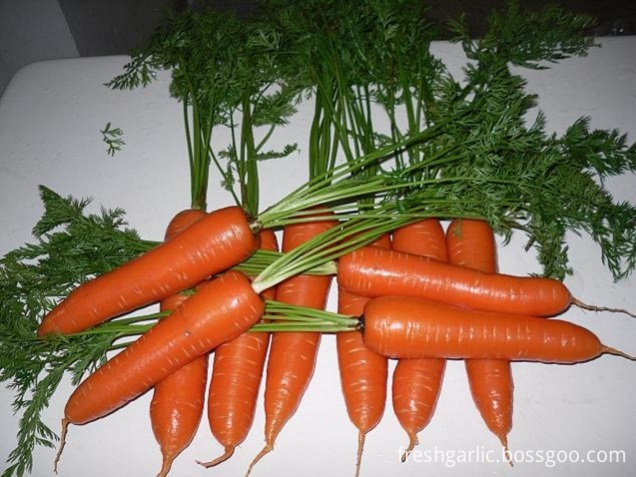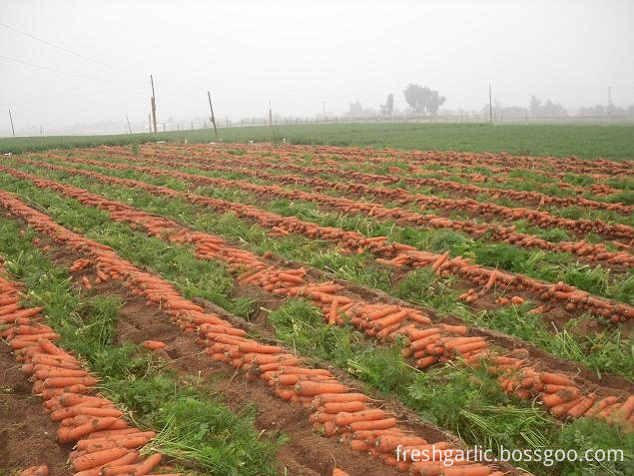Combine harvesters are becoming more and more popular among farmers because of their superiority in rush-agriculture, but due to problems such as driver's driving skills and some models with serious quality problems, combine harvesters also have some negative effects in their operations. For example, during the wheat harvest period in some areas, the harvester suffered cold because of the “harvest food†of the combine harvester. The peasants allowed the combine harvester to rest aside and retake the sickle to cut wheat and cut rice. This is a question worthy of serious consideration and resolution. "Running food" is a common problem in the operation of combine harvesters. Generally, the normal range of “Running Grain†is: For every 50kg of wheat harvested, 0.5~1.5kg of grain is ran in the field; every time 50kg of rice is harvested, 1~2kg of grain is ran in the field. Therefore, the control of “running grain†is the key to improving the quality and economic efficiency of the combine harvester. 1 Failure Analysis of Combine Harvester Running Grain Total losses of combine harvesters include: header loss, threshing loss, separation loss and cleaning loss. Header losses: The reel dials the wheat stalks to the cutting table, and after cutting it is sent to the conveying system by augers. The loss at this stage is the header loss. If wheat is overcooked, the reel gears and wheat ears can easily cause a drop. Such crops can be harvested in the morning or early evening, that is, after the dew has dried in the morning and then out of the car. Harvesting during this period of time not only has high operating efficiency, but also reduces the loss of “headings†and reduces the loss of headers. Threshing loss: Threshing loss can be caused by high humidity of the crop, insufficient rotating speed of the threshing drum, excessive concave gap, excessive speed of the combine harvester, and excessive feeding amount of the header. The size of the threshing loss can be checked, and 10 ears can be selected from the detached ears (rice panicles). If 3 grains are not debranched, they are equivalent to 1% of the threshing loss. Separation loss: The size of the loss at this stage depends mainly on the amplitude of the shaker and the angle at which the scale is adjusted. Small amplitude and small adjustment angle of fish scale can easily cause wheat grain to throw out with straw. Washing losses: The wheat grain and the wheat ears are cleaned by the fan's wind force. If the air volume is too large, the cleanliness of the crop is improved, but some grains are blown out together with the ears. On the contrary, the cleaning loss decreased, but the cleaning rate decreased. The principle of adjustment is to appropriately increase the air volume of the fan to ensure the cleanliness of grain while ensuring that the loss rate of cleaning does not exceed the standard. If the combine harvester finds that there are many “run-away foods†during the operation, the driver can adjust and eliminate the “prescription for remedy†from the above four links. 2 Inflow of large-scale and mixed harvesters into rural areas, resulting in a disconnection between development speed and technical training. In recent years, as farmers have purchased “combination†of combine harvesters to heat up, local agricultural machinery manufacturers have launched production, various types of grain combine harvesters have flooded into rural areas, and some farmers in rich regions have purchased various imported joint harvests. Machine, which brings technical training and management difficulties to the agricultural machinery management department. According to statistics, some cities have more than a dozen models, and different models have different structural adjustments. Manufacturers and management departments are severely disconnected in terms of technical training, resulting in the phenomenon of “more than four and one low†in the development of combine harvesters. , namely: more models, new drivers, more failures, more running food, low operating efficiency. When the author used a combine harvester to eliminate the "run-and-go" problem, he found that the machine was moving too fast and the feed was too large. The threshing, separation and cleaning operations were overloaded. When asked about the driver, he said that he only knows how fast he can do more work and make more money. The rest of them do not know, but he does not know how to adjust the amount of feed by the level of grain production, so as to choose the speed of advance of the combine harvester. The amount of feed is the most important indicator of various types of combine harvesters and an indicator of the efficiency of locomotives. After the amount of feed exceeds the specified index, the combined harvester will be overloaded and the loss of “run grain†will be large. Such as the Xinjiang-3 type combine harvester feed 3kg/s, beyond this figure, the combine harvester will appear overloaded. Controlling the amount of feed requires the driver to properly adjust the advance speed of the combine according to factors such as the level of grain stalks and the yield. If the 300 ~ 400 kg per mu wheat field is selected, no "run grain" will be used in the II grade; the wheat field with 500 ~ 600 kg per mu harvested shall be used in the I grade; and controlling the feeding amount of the combine harvester may also avoid "run grain". It can be seen that strengthening the training of the driver of the combine harvester, improving its technical quality, and correctly grasping the use, adjustment, and troubleshooting of the combine harvester are the key to solving the “run grainâ€. In addition, in the operation of the combine harvester, no matter whether the crop yield is high or low, or the size of the cutting plot, the engine must use a large throttle, that is, after the combine harvester turns to the ground and walks out of the plot, or before the combine harvester enters the harvest plot. The engine must also use a large throttle, even if the situation in the operation must be slow, it can only be switched into a low-speed slow driving, must not use the method to reduce the throttle. This is a clear difference between the driving method of harvesting and other operations. These should also be solved through training. 3 The problem of “run grain†for the combine harvester requires agricultural production, supply, and management departments to jointly manage Manufacturers want to ensure product quality. Various economic and technical indicators must meet national standards. Because the target of the combine harvester is the farmer, the preparation of the product specification should take into account the cultural quality and understanding of the farmer, the language should be easy to understand, and the adjustment and maintenance areas should be illustrated. In the maintenance service, we must change the passive situation in which factory personnel are running across the country. We can adopt the method of employing technical consultants by the manufacturer. That is, each county or district employs 1 - 2 technicians with practical experience, and technical personnel with intermediate titles or above have centralized training or send information. , Responsible for the product technical consultation and maintenance service of the plant in the area under its jurisdiction, and the name of the personnel employed in each place is announced in the product instruction manual, which is convenient for the farmers at any time. The supply department is the link and bridge between the combine harvester manufacturer and farmers, and the agricultural machinery supply department should select and adjust the personnel skilled in combine harvester technology to operate and sell the combine harvester on the basis of the product “three guarantees†service. In the process of purchasing and selecting machines, users are taught the knowledge and techniques of the construction, characteristics, adjustment, and maintenance of the combine harvester. The agricultural machinery supply department should do the following: both enter the same model of the whole machine, but also operate the same model of accessories, in order to provide buyers with easy maintenance. The agricultural machinery management department integrates agricultural machinery supervision, training, maintenance, and technology promotion into a whole. It is necessary to effectively solve the problem of "more than four and one low" in the combine harvester. First, the provincial and municipal agricultural machinery management departments and the combine harvester manufacturer will negotiate. With regard to the principle of benefiting those who contribute, training teachers, county and district agricultural machinery departments are responsible for training drivers; second, county and district agricultural machinery management departments must actively organize drivers to do pre-harvest machine maintenance and paid technologies during harvesting. Services; Third, for the convenience of maintenance, in the organization of cross-province, district operations, according to the combine harvester model team or the same model operating in the same area, and equipped with maintenance personnel proficient in this model. As long as the production, supply, and answering parties work together, the problem of the “harvest food†of the combine harvester can be completely solved.
Our garlic products also include various kind of deydrated Garlic Powder,garlic flakes, fresh and frozen Peeled Garlic,Garlic Braids,etc. besides garlic, we can supply a variety of other local agricultural products,such as carrot, giner,onion,potato,etc.
1. Commodity name: Fresh Carrot
7.Transporting and storing temperature: 0°C
Fresh Carrot Fresh Carrot,Bulk Fresh Carrot,Fresh Red Carrot,Fresh Organic Carrots JINING FORICH FRUITS & VEGETABLES CO., LTD. , https://www.forichgarlic.com
3. Size: 80-150g; 150-200g; 200-250g; 250-300g
4. Packing:
1) 9kgs/carton, 10kgs/carton, 20kgs/carton with inner plastic bag
2) according to the clients' requirements.
5. Supply Period:
a) Spring season: From March to July
b) Autumn season: From October to December
6. Conveyance: 26-30MT/40' HR (loading quantity depending on packing)

